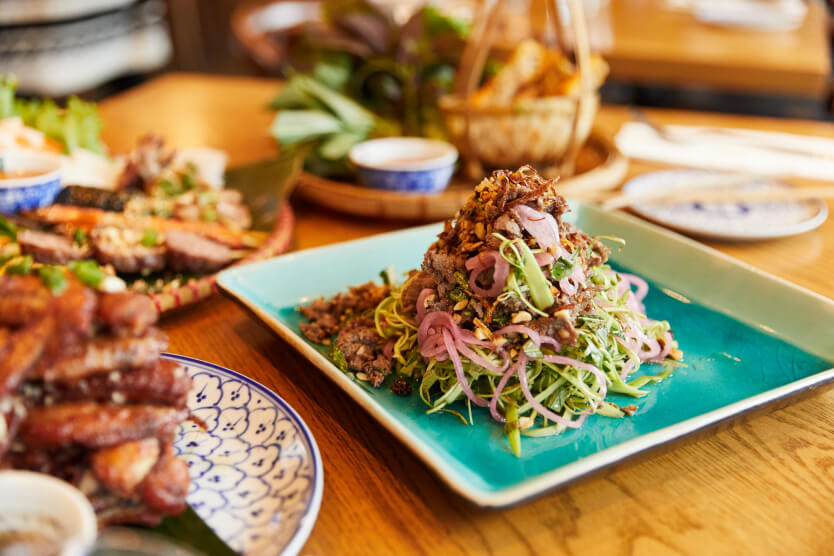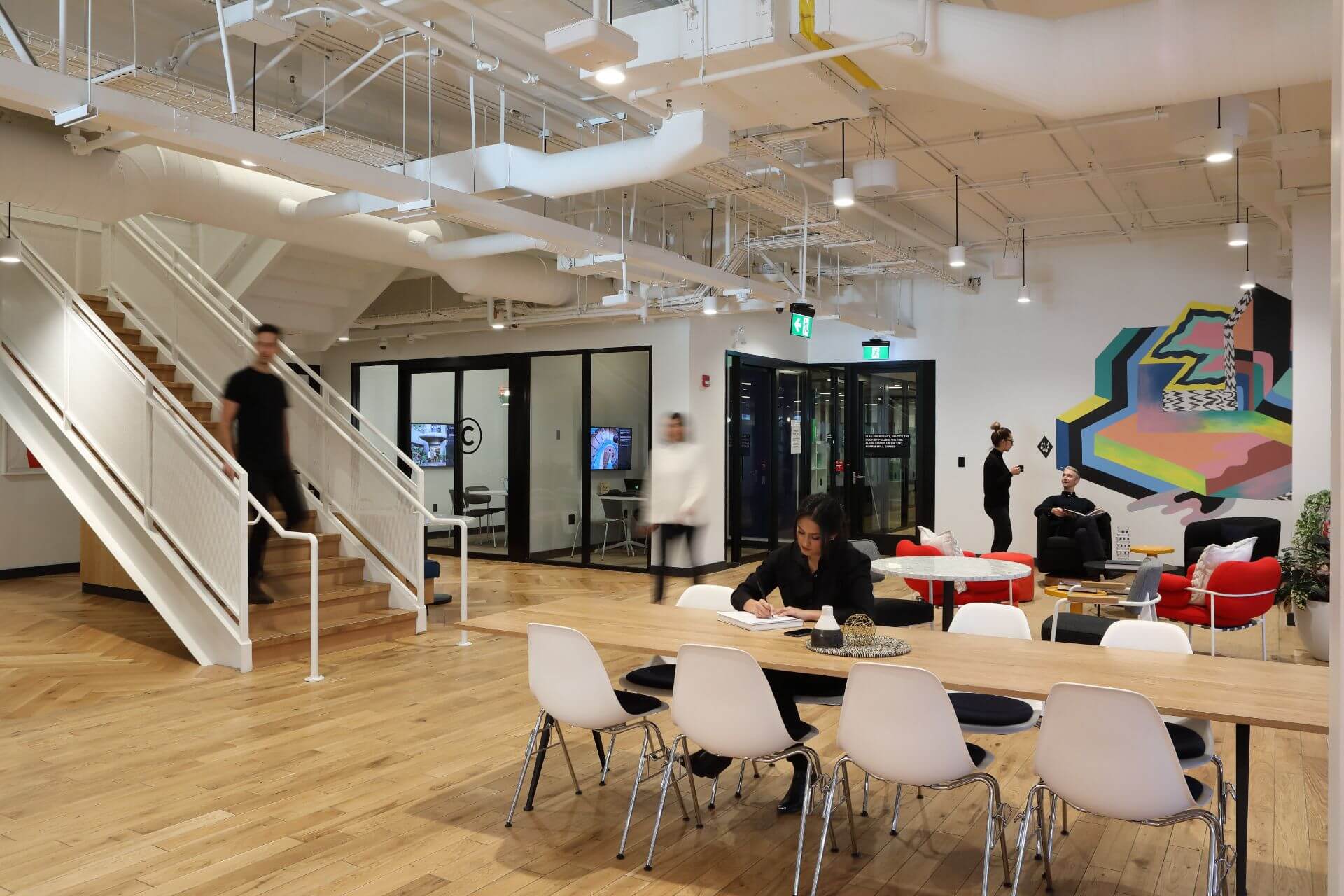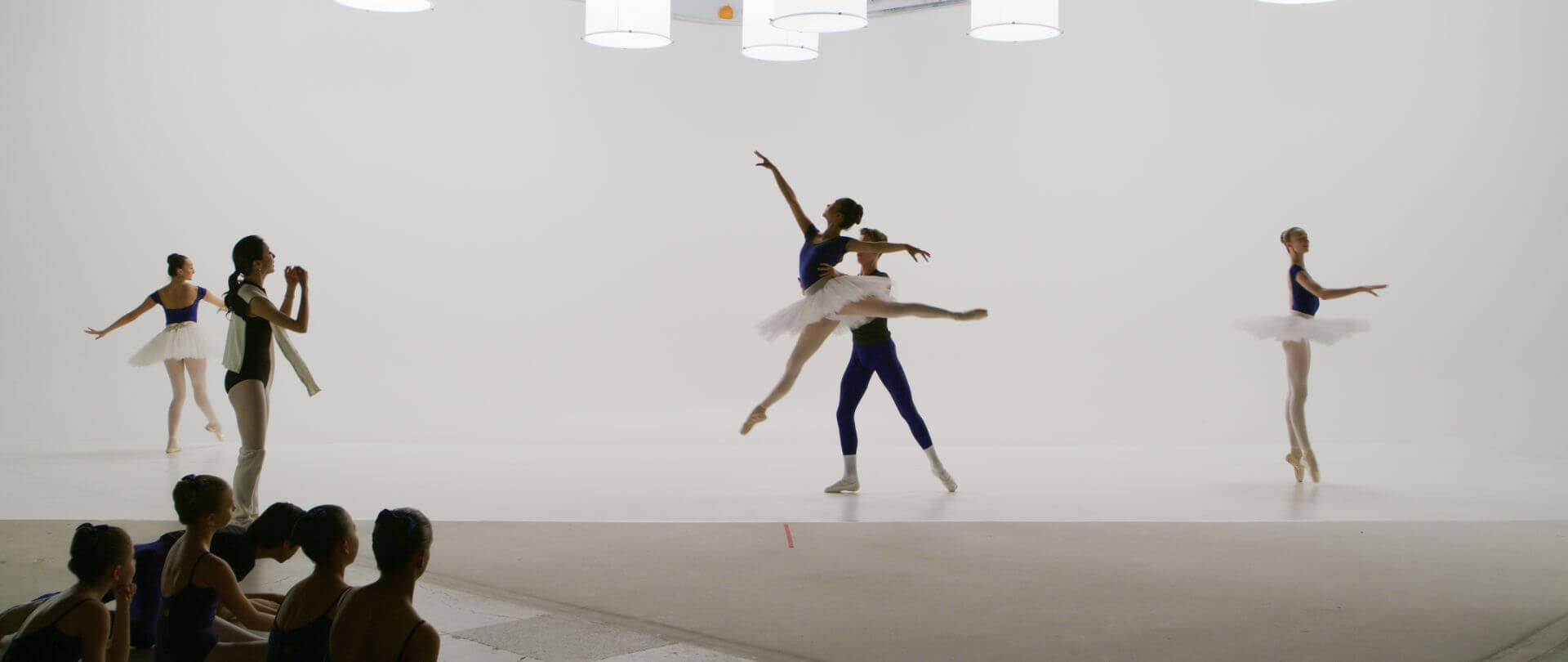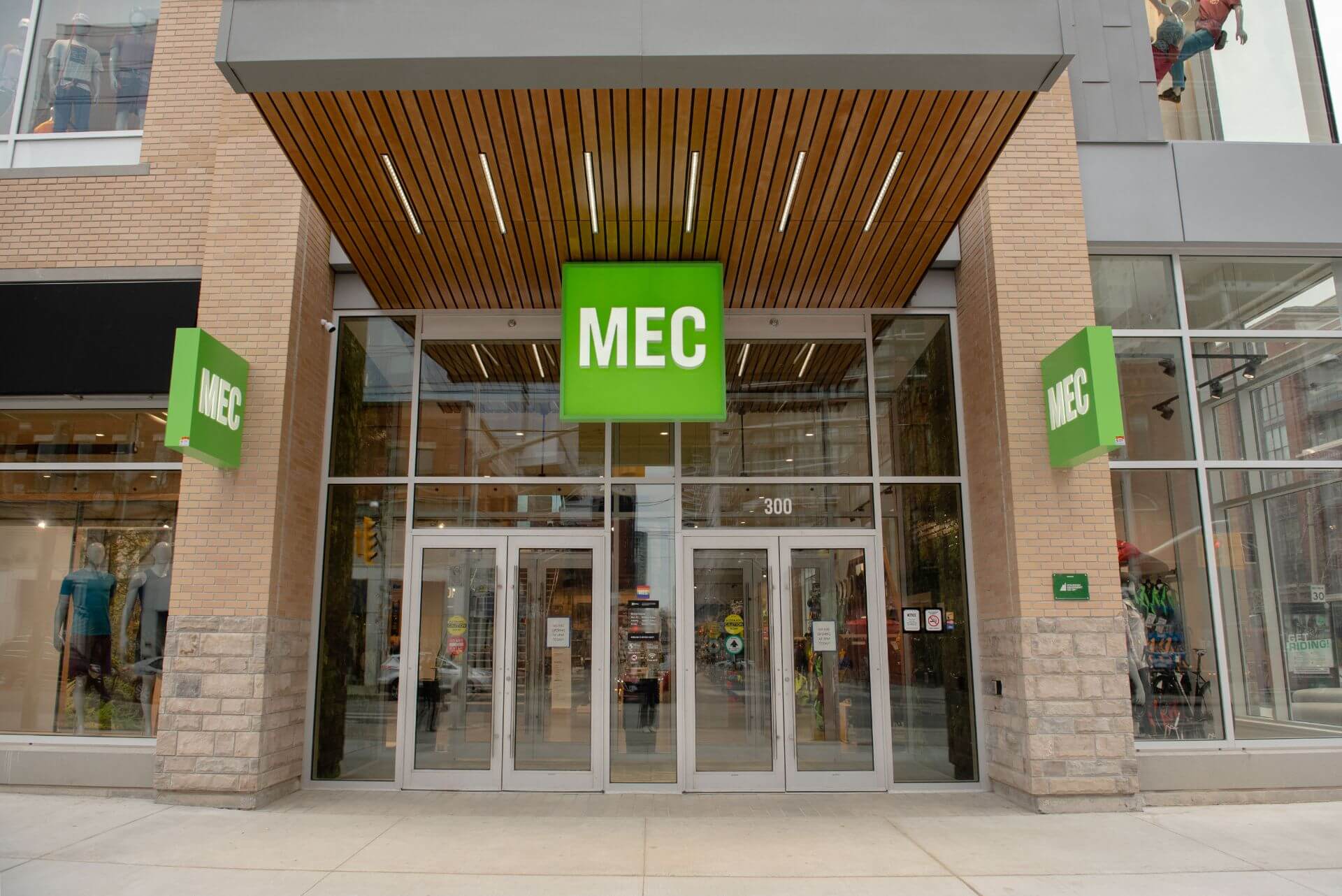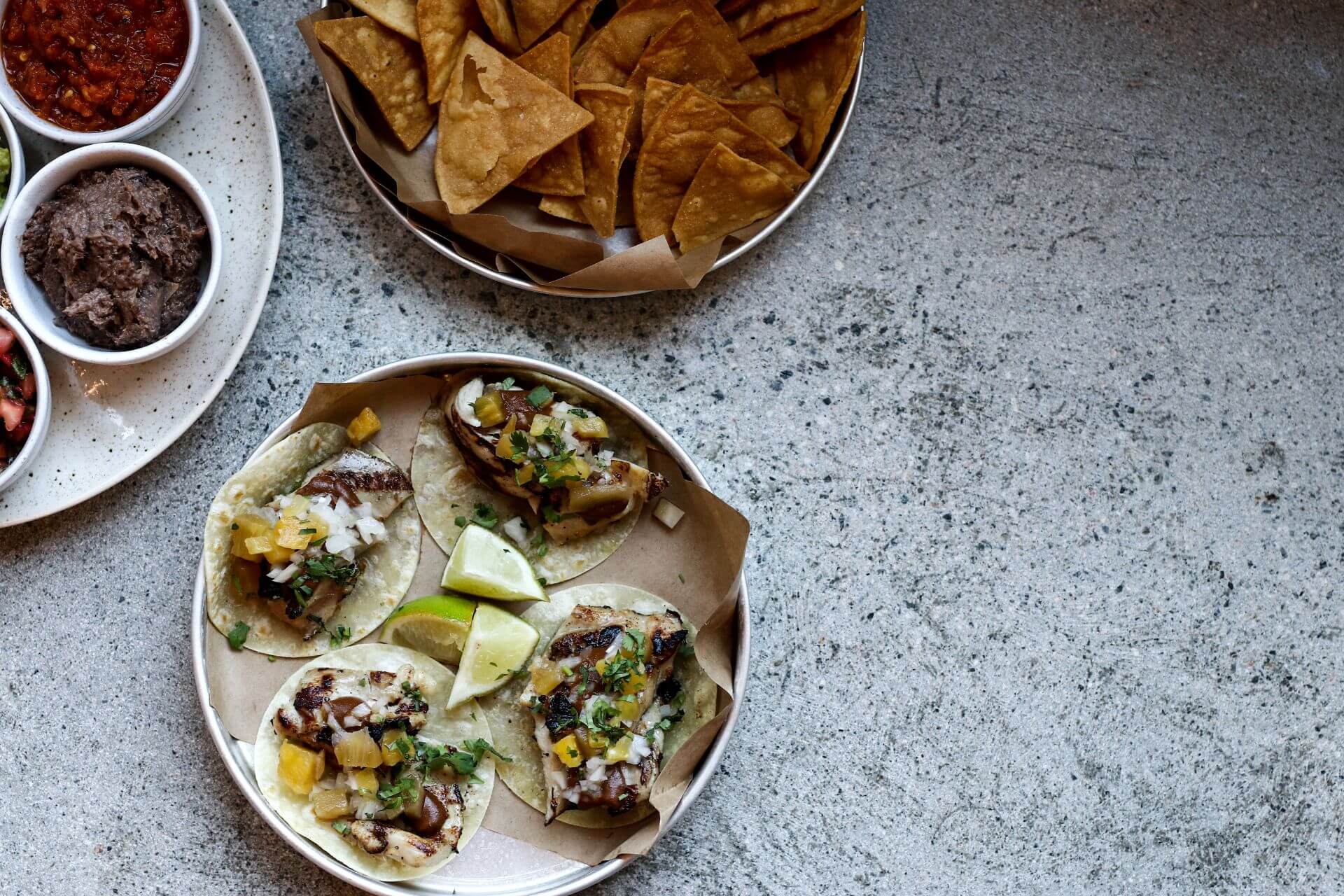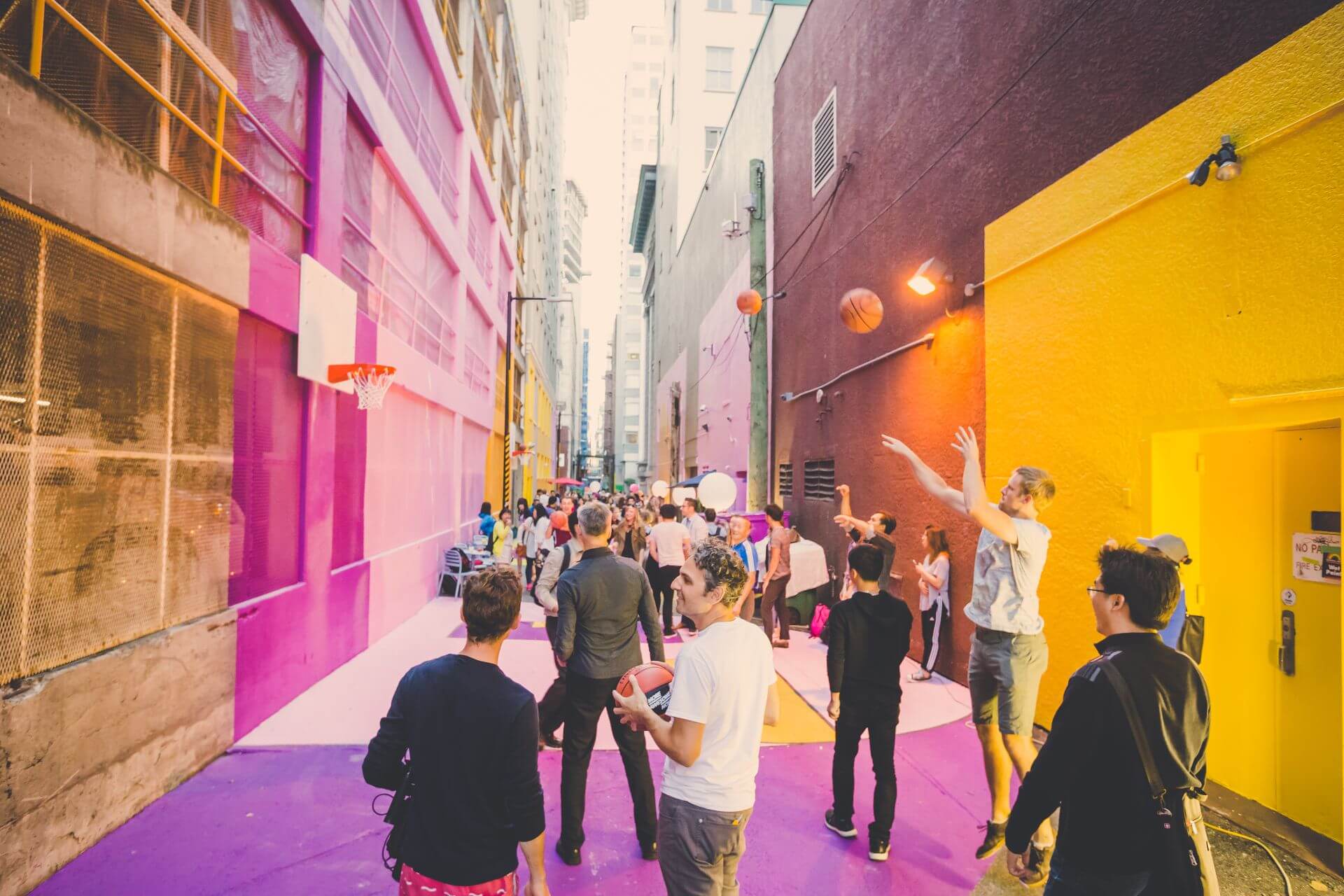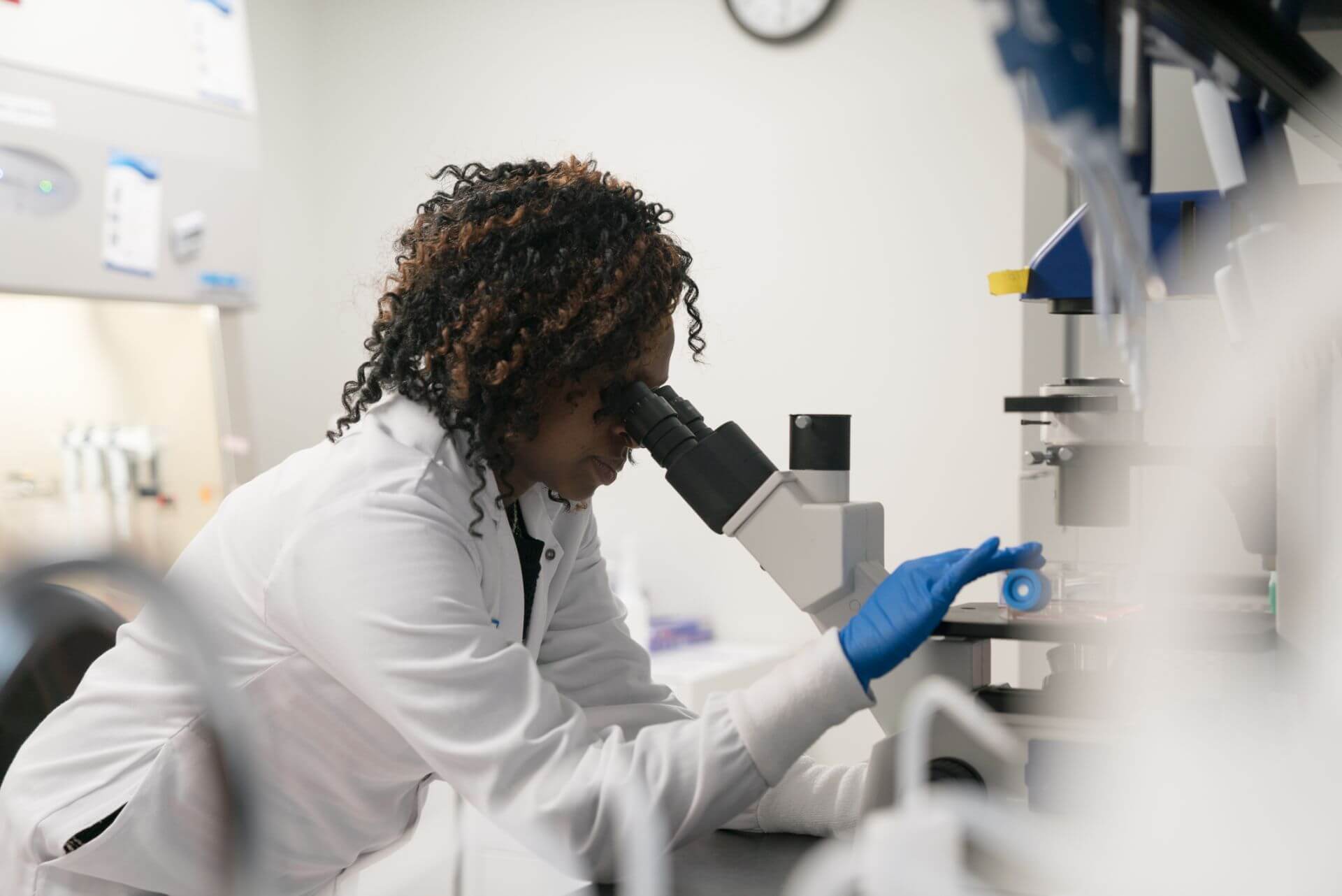We have lived and worked in Mount Pleasant since the early 1980’s – it has evolved to be stylish but still approach-able and authentic.
Your grandmother ran a restaurant in Saigon (now Ho Chi Minh City) that was a draw for artists and a gathering place for the city. How do you think elements of that have appeared in Anh and Chi?
We opened with a vision that Anh and Chi would be like grandma’s cafe, gathering people from all walks of life to connect over good food, music and drinks. We have brought in lots of warm wood and wicker into our design and plating just like grandma had in her Saigon district one shop.
Why did your family choose this particular location on Main Street to launch your first family restaurant,Pho Hoang (back in 1994) and then Anh and Chi?
I think our family chose Main Street back in the day because it was the only area they could afford to establish their little noodle shop that would support our family. Pho Hoang was actually established in 1983 on Main & 20th. At the time it was a very humble neighborhood that has since grown into a gem in BC.
How would you describe the connection between art and food? How does that reflect in the indoor space of your restaurant and the streetscape?
Food, like other forms of art, is a channel for expression. We want to share our Vietnamese heritage, hospitality, and the importance of community and connection through food. It was important for Anh and Chi to design a restaurant that made the neighborhood proud, and people feel warm and at ease when inside. We wanted to create a gathering place where relationships could be strengthened.
What has been the most interesting evolution of the neighbourhood you’ve seen, since your family immigrated to Mt Pleasant?
We have lived and worked in Mount Pleasant since the early 1980’s. We are pretty happy with how it has evolved to become a place that is stylish, and approachable but still authentic.
What are some of your favourite dishes at your restaurant?
It’s hard not to say all of them because each dish reminds us of a particular family member, an area in Vietnam, or a warm meal that mom made for us siblings, despite struggling to run a business and raise a family as new immigrants to Canada. We can tell you what people rave about — our spring rolls for sure (!), street-side platter, vermicelli bowl, caramelized arctic char and beef & water spinach salad. Oh and our chicken wings and the number 37. We brought some classics from Pho Hoang, ones where when you have it once, you will remember it forever. If you have the opportunity to join us with a few people, try our family style dishes... it’s sometimes not what you eat but how you eat it — shared with the people you love at the table.
In your perfect world, how would you spend your day in Mount Pleasant?
In a perfect world, we wouldn’t have any fires to put out, and would enjoy a nice stroll up the street for a morning coffee. We would spend some time creating our next menu or strategizing for our next project. We would take our time to browse the amazing shops along Main Street — from natural soaps, home decor, to baby clothes. Next, we would be stopping in to help our team with the afternoon and dinner rushes. Once the team is in rhythm, we could only dream of breaking away to a fitness or yoga class, then dine / grocery shop at one of our many favourite eateries / grocery stores along Main Street.
What would you add to this community if you could?
Rather than adding to the community, at times. it may be more important to preserve what we have. Main Street is the perfect size and pace, and we appreciate it the way it is. If we are to add anything, be it development or businesses, we ought to be mindful of vehicular traffic and make sure we have plans to prevent congestion. We think this is the most liveable / walkable neighborhood in the city and we would love to keep it that way.
